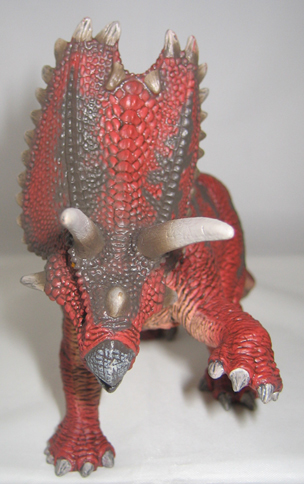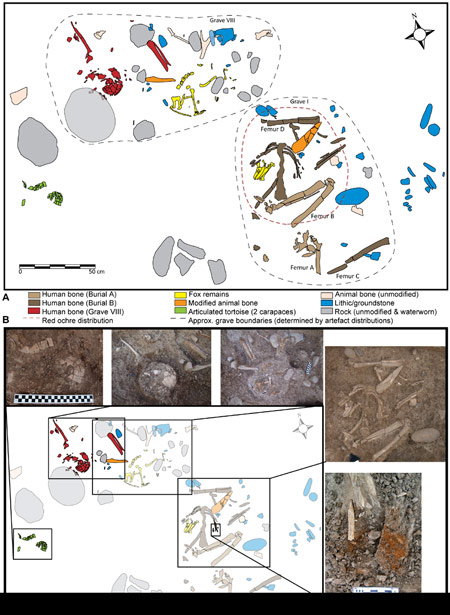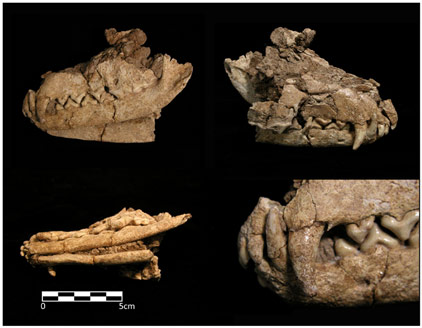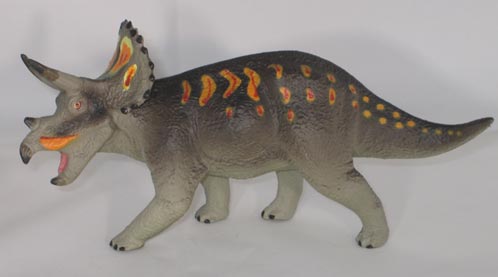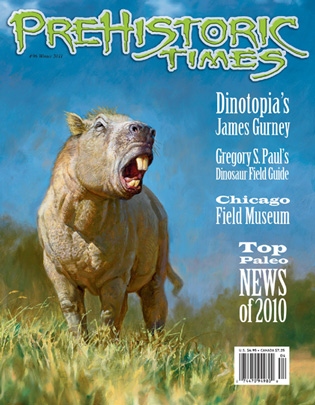A New Alvarezsaurid – Linhenykus, Dinosauria Just Gets More and More Curious
That fleet footed and bizarre sub-branch of the Dinosaur Order Theropoda, the alvarezsaurids, just got a little more curious with the announcement of the discovery of a new member of this strange group – Linhenykus.
Linhenykus monodactylus
The new dinosaur, scientifically named as Linhenykus monodactylus (the name means “Linhe city’s clawed, single finger”), was a fast running, agile dinosaur with stumpy forelimbs and just one finger on each hand. The single finger was armed with a large, curved claw, people may be familiar with the two-fingered T. rex, but here is a dinosaur with even less digits.
With details of the discovery, published in the journal “The Proceedings of the National Academy of Sciences”, the remains of this little dinosaur, found in Upper Cretaceous sediments near the city of Linhe in Inner Mongolia, has given scientists further information on the bizarre alvarezsaurids.
The cursorial, compact bodied, long-legged, but with stumpy arms and single, clawed fingers alvarezsaurids must represent one of the more bizarre families with the dinosaur clade. Many of these types of dinosaur have very bird-like skeletons such as a breast bone, fused ankles and a narrow skull.
Chinese Dinosaurs
Weighing just a few kilogrammes and standing less than a metre tall, this little dinosaur wandered the arid environment of what was to become China, approximately 80 million years ago. The fossils were found in the Wulansuhai Formation, strata that has already provided an extensive range of vertebrate fossils. Although, only known from one partial skeleton (pelvis, vertebrae, forelimb and hind limbs), the research team were able to piece together an impression of this dinosaur by comparing its bones to the fossilised remains of other alvarezsaurids found in Asia and South America.
Michael Pittman of the University College, London, who was one of the research team members, commentated on the small size of this new dinosaur:
“You would see a very small animal, probably below your hip height, with a very small skull. It is not very threatening because its teeth are very small compared to other carnivorous dinosaurs and there is some evidence it may have been an insectivore.”
The bizarre, shortened forelimbs with their single clawed finger are very peculiar adaptations, unlike any other type of dinosaur. Many scientists believe that these very bird-like arms were adapted to dig, perhaps to break open the mounds of termites and then with their long jaws (possibly a long tongue, like a woodpeckers), they could reach into the termite mounds to feed on the insects.
An insectivorous diet is quite common amongst the Dinosauria, a few days ago we wrote a blog article on a sauropodomorph called Sarahsaurus. This dinosaur, whose fossilised remains date from the Early Jurassic, had very powerful forelimbs, it too may have fed on social insect colonies.
To read more about the Sarahsaurus: A Dinosaur Called Sarah.
The Fingers of Non-avian Theropods
Commenting on the evolution of dinosaurs with just a single clawed finger, Michael Pittman stated:
“Non-avian theropods start with five fingers but evolved to have only three fingers in later forms. tyrannosaurs were unusual in having just two fingers but the one fingered Linhenykus shows how extensive and complex theropod hand modifications really were.”
The disappearing digits suggest that the mono-digits that represent the alvarezsaurids may be the end of one evolutionary pathway, in which unused digits disappear as part of the process of natural selection. For example, there is evidence that some types of tyrannosaurid from the Late Cretaceous may have had a vestigial third finger, which eventually was lost as the likes of Tyrannosaurus rex from the Late Cretaceous (Maastrichtian faunal stage) evolved.
Jonah Choiniere, a scientist at the American Museum of Natural History (New York), another member of the international research team commented:
“Vestigial structures, like legs in whales and snakes, may appear and disappear seemingly randomly in the course of evolution. Linhenykus highlights the complexity in the evolution of these vestigial fingers.”
If these creatures were feeding on termites, having to break into their concrete-like structures, then their three-fingered coelurosaurid ancestors may not have been capable of breaking into the colonies very efficiently. Over millions of years these dinosaurs adapted and their limbs became more compact and powerful, with an evolutionary investment in a single, powerful digit armed with a strong, curved claw.
Dr Paul Barrett of the Natural History Museum in London, the scientist responsible for the technical detail in the highly successful range of dinosaur models sold by this museum added:
“Alvarezsauroids are already known to be an unusual group of theropods with very bizarre hands used primarily for digging and this new find confirms there was some variation in how weird these hands were.”
To view models and replicas of Chinese dinosaurs: PNSO Age of Dinosaurs Models and Figures.


